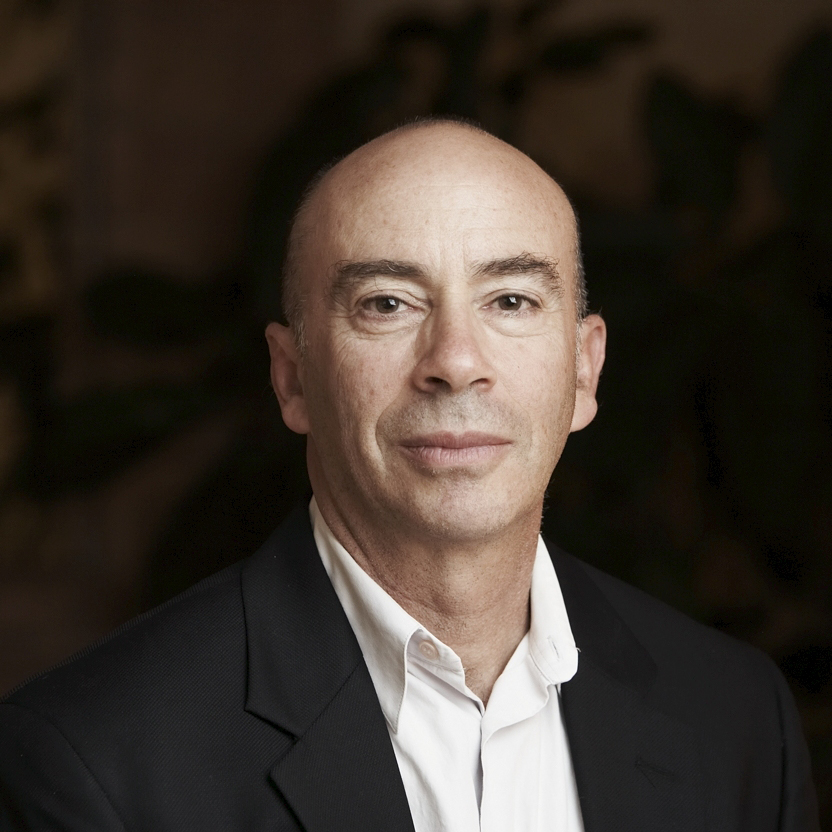Adapted from Seven Practices of a Mindful Leader: Lessons From Google and a Zen Monastery Kitchen
My experience teaching mindfulness at Google and to companies and individuals around the world is that there is a tremendous need and hunger for understanding and developing greater humanness, openness, and inspiration, not only at work, but in all parts of people’s lives. Mindfulness practice is potent. It enables the ability to see more clearly; to see the miracle of consciousness, the miracle of being alive. Mindfulness practice can shift the ground of your consciousness, your presence, your being – not by adding something, or through some belief system, or creating some outside inspiring ideas, but by presenting a more accurate sense of human nature, seeing how we constrict our version of our selves and the world.
Mindfulness practice is aimed at understanding and shifting the nature of fear, of dissatisfaction, and the experience of separateness. Mindfulness practice is essentially about seeing with more clarity – which involves getting a glimpse of experiencing how what we thought was ordinary is extraordinary, miraculous and mundane at the same time. This is an outcome of mindfulness practice.
Being a mindful leader requires effort and practice, requires letting go of old models, old constructed realities that no longer serve us, our organizations, or our families. Living with clarity and depth, living a mindful, integrated, warm-hearted life requires practice.
The seven practices of a mindful leader are:
- Love the Work
- Do the Work
- Don’t be an Expert
- Connect to Your Pain
- Connect to the Pain of Others
- Depend on Others
- Keep Making it Simpler
Aspiring to be a mindful leader, and engaging in these seven practices helps calm our proclivity toward scanning for threats, satisfies the part of us always seeking something new and better, and cultivates empathy, beyond anything we can comprehend. Engaging in mindfulness practice tugs at our basic sanity in the midst of a world that often feels chaotic. Mindfulness practice knocks on the door of our in-born openness and trust in a world that can often feel cold and cynical.
I also keep returning to the themes of pain and possibility, but these are not the usual pain and possibility. Pain is the pain of change, of not getting what you want and getting what you don’t want. Possibility isn’t only about chance of getting what you desire. By contrast, mindfulness practice shifts our relationship with desire itself. Our freedom lies in a radical acceptance of what is. Seeing inner freedom as possible is a core underlying aspect of mindfulness and mindful leadership.
“Everyone wants to leave the endless changes” is a line from a 6th century verse by Dongshan, the founder of the Soto Zen School in China. Time and change are beyond our usual, rational understanding. You are not alone in your resistance to change. Staying with the questions, staying with what is, takes courage. Notice what happens when you fully enter this moment, this experience, with less resistance. And, when resistance arises, great! Notice your resistance. It is a terrific teacher.
Later in the same verse Dongshan says,
“When we stop bending and fitting our lives, we come and sit by the fire.”
What would it be like to pause, to stop bending and fitting your life? And sit, relaxed and alert, by the warmth of your innermost knowing, feeling the heat from the fire within you and around you that always burns.


